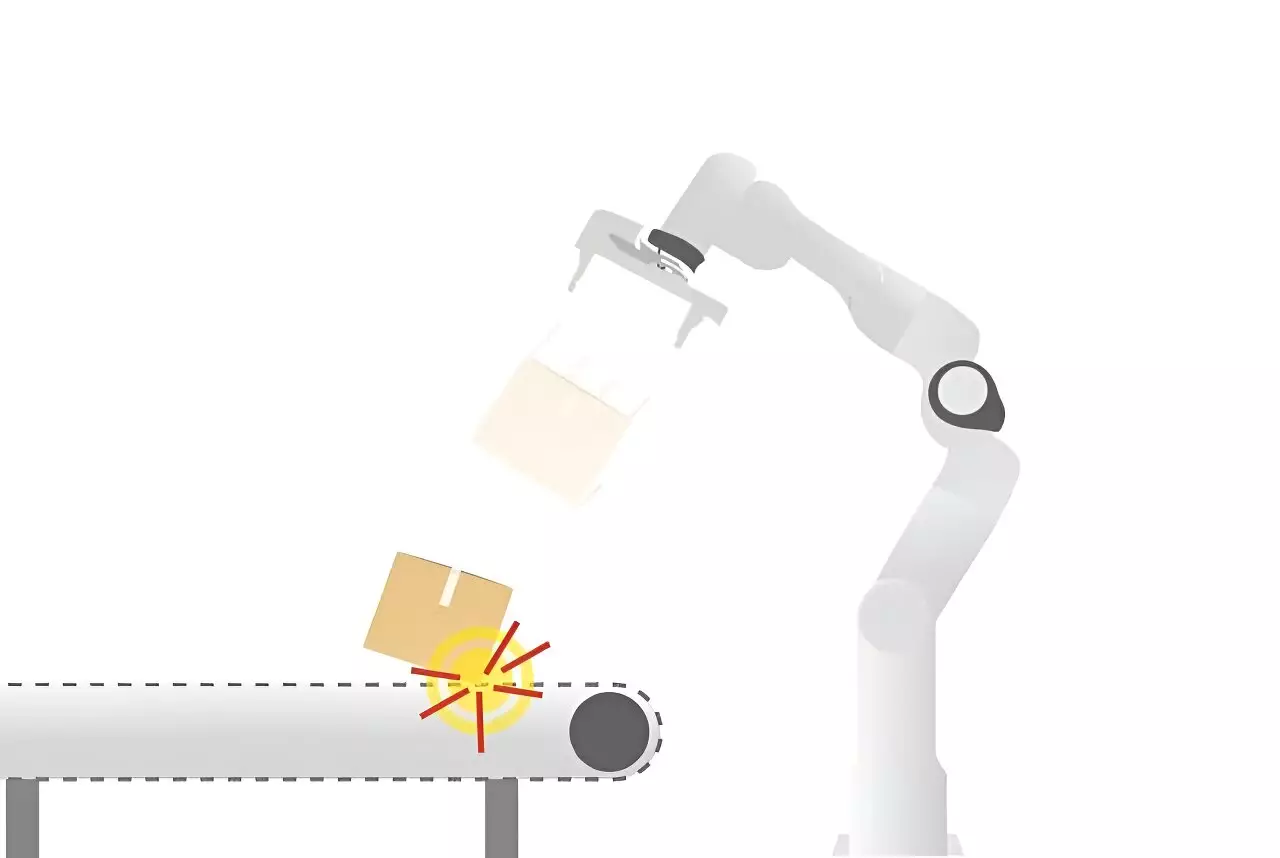Robotics in industrial settings has seen a remarkable evolution, particularly in the automotive industry. Yet, as we branch into diverse fields such as logistics and space exploration, the limitations inherent in current robotics technology become starkly apparent. Traditional robots are designed to execute predetermined tasks with repetitiveness; they lack the adaptability and intuitive understanding that characterize human interactions with the environment. This article delves into the pressing need for robots to develop more advanced skills, highlights innovative research at Eindhoven University of Technology, and explores future prospects in robotics.
The growing complexity of tasks assigned to robots necessitates a move beyond the rigid paradigms of operation that have defined them thus far. Robots are frequently deployed in situations where human involvement presents safety risks or ergonomic challenges, such as lifting heavy luggage at airports or working in hazardous environments like nuclear facilities. The aspiration is clear: robots need to exhibit faster physical interaction capabilities, a deeper spatial understanding, and the ability to adapt swiftly to unforeseen changes in their surroundings. Understanding these dynamics is pivotal if we are to maximize their potential in real-world applications.
Evolving these ideals into tangible outcomes is the work undertaken by Associate Professor Alessandro Saccon and his team at Eindhoven University of Technology in their I.AM project. This initiative focuses on developing robots that can engage in “collision exploitation” rather than merely avoiding it. The goal is to foster an understanding within robots about how to accurately predict and effectively respond to situations that involve rapid contact with heavy objects. Conventional robotics emphasizes collision avoidance, laying out rigid protocols to minimize impact. In contrast, acknowledging and leveraging the dynamics of such interactions can lead to a transformative leap in robotic efficacy.
By equipping robots with the ability to rapidly and reliably grasp heavy items, even amidst disturbances and deceptive perceptions of weight and positioning, the I.AM project aspires to redefine the role of robots in the mechanized workforce. Key to this development is the integration of physics-based considerations—understanding mass, friction, and impact—as well as a cycle of real-time measurements that cater to real scenarios. The research highlights that while simulations can offer valuable insights, they must be constantly refined against real-world data to truly understand their implications.
In their exploration of dynamic interactions, Saccon’s team has made strides in illuminating just how intricate human motion and spatial perception are. Human capabilities, often taken for granted, stem from years of evolutionary biology and experience, yet remain poorly understood in terms of their replicable elements in machines. As roboticists strive towards crafting machines that can perform tasks with the same fluidity and adaptability as humans, they confront a monumental challenge: how to imbue machines with an understanding of their surroundings that allows for autonomous decision-making, especially in failure scenarios.
Crucial to the advancement of these robotic capabilities has been collaboration with industry partners, notably VanderLande—a titan in logistics automation. Insights obtained from real-world applications provided invaluable perspectives on the bottlenecks within current robotic operations. The establishment of shared labs between the university and VanderLande has allowed for a robust testing environment that nurtures innovation and cross-pollination of ideas.
Students and researchers alike have benefitted from the hands-on learning experiences available in this collaborative setting, where theoretical understanding meets practical application. The fusion of academic rigor with industry requirements not only enhances educational experiences but also boosts the potential for successful technology transfer to commercial realms.
As the I.AM project draws to a close, the foundation laid has sparked aspirations for continued research and exploration of unexplored realms in robotics. With considerations for national and European funding, Saccon envisions tackling challenges in fast planning and real-time perception. The growing interest from industry partners signifies a promising horizon, as many students involved in this ambitious project have already been recruited by its corporate allies.
The visibility generated by the I.AM project is encouraging yet introduces new responsibilities. It indicates a burgeoning field ripe with opportunities, challenges, and, importantly, the potential for a revolutionary shift in robotics. By fostering an environment where research and industry intersect, we inch closer to realizing a future in which robots not only enhance efficiency in various sectors but also exhibit a more profound, human-like understanding of their environment and interactions. The journey toward this vision is ongoing, and the excitement of discovery propels researchers and collaborators forward into a rapidly evolving landscape.

